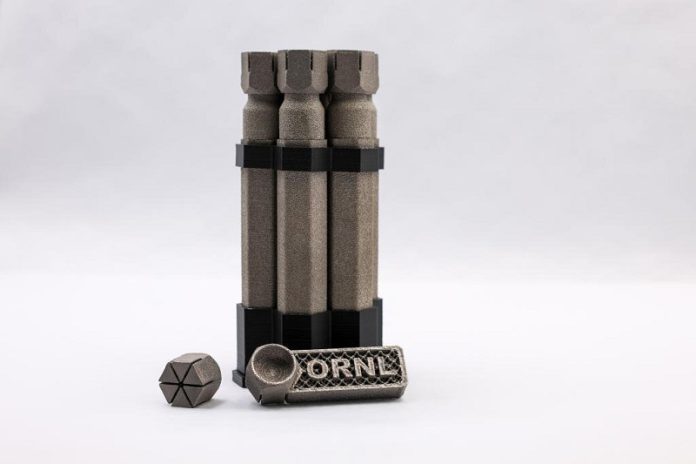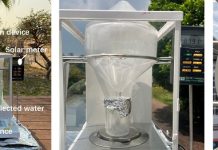
Researchers at Oak Ridge National Laboratory (ORNL) have made a groundbreaking achievement by 3D printing complex tungsten parts that are free from defects.
This development is particularly important for clean-energy technologies, including fusion energy.
Tungsten is a unique metal with the highest melting point of all metals.
This makes it perfect for use in fusion reactors where temperatures can reach an astonishing 180 million degrees Fahrenheit.
To put that in perspective, the center of the sun is about 27 million degrees Fahrenheit. However, pure tungsten is very brittle at room temperature and can easily shatter, making it difficult to work with.
To solve this problem, ORNL researchers created a special 3D printer that uses an electron beam to build tungsten parts layer by layer.
This printer uses a magnetically directed stream of particles in a high-vacuum environment to melt and bind metal powder into a solid object. The vacuum setting helps reduce contamination from other materials and minimizes stress in the final product.
Michael Kirka from ORNL highlighted the significance of this new technology, saying, “Electron-beam additive manufacturing is promising for the processing of complex tungsten geometries.
This is an important step for expanding the use of temperature-resistant metals in energy resources that will support a sustainable, carbon-free future.”
This advancement means that tungsten can now be used more effectively in environments with extreme temperatures, paving the way for more reliable and efficient clean-energy solutions.
The successful 3D printing of defect-free tungsten components could greatly benefit the development of fusion energy, which holds the promise of providing a virtually limitless and carbon-free energy source.
In summary, ORNL’s innovative 3D printing technology represents a major leap forward in materials science, offering new possibilities for high-temperature applications and clean energy technologies.



